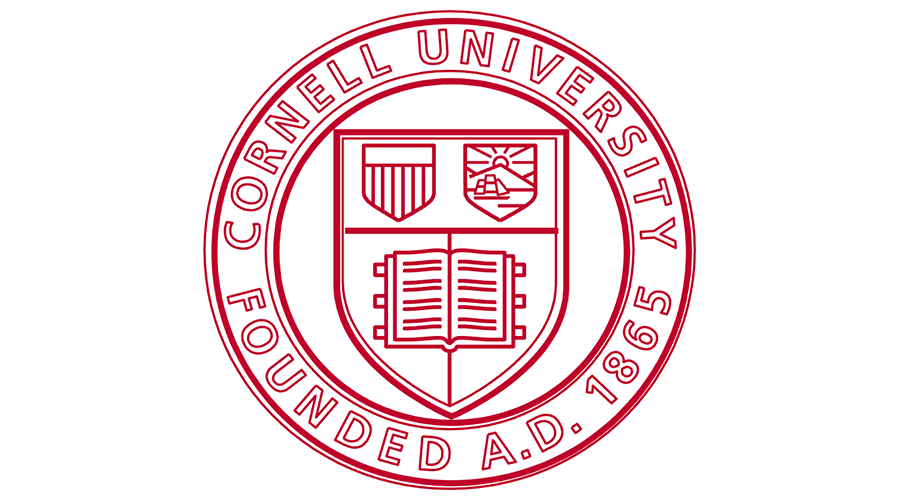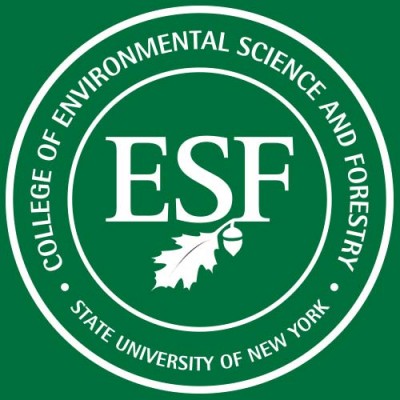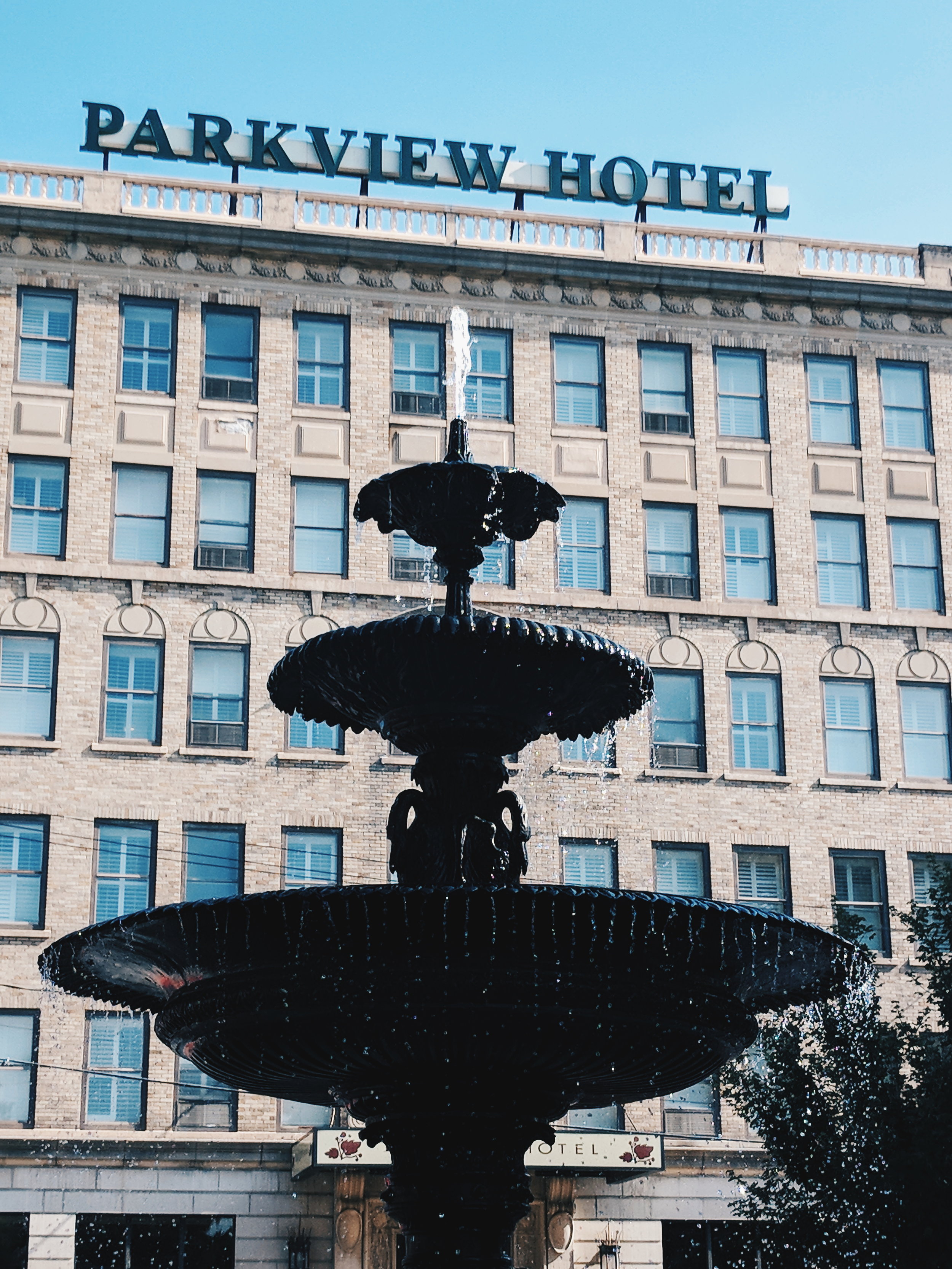Syracuse is surrounded by beautiful forests; parks with dense wooded sections dot the city and the surrounding towns. During the fall we can’t help but appreciate their spectacular colors, but we often don’t think about how our natural abundance of trees could be an economic driver. I’m not talking about eco-tourism or even just “leafers”. I’m talking about harnessing our natural resources in providing renewable construction materials to shape how our city and cities around the world develop.
A new trend in construction has been the development of timber mid- and high-rises. Not only is this new construction method significantly more environmentally friendly than steel and concrete, but its price has become more competitive in the last few years. This new cross-laminated timber is built in such a way that it withstands fires and earthquakes as well as steel and concrete, and in some cases better. Europe and Canada have been embracing this new technique with mid-rise buildings across their cities. To get a better idea of how this technology works please watch the below video by Cheddar:
Now you’re most likely wondering how this applies to the Syracuse Surge and Syracuse in general. The idea behind the Syracuse Surge is pushing investment into developing a smart city and helping expand our tech incubator. Falling squarely into the idea of investing in future technologies is developing new timber technology. This is not only an advancing tech field, but also an environmental pursuit meaning it is only going to become more in demand in the near future.
As part of this investment should be partnerships with SUNY ESF and Cornell University. Both colleges have strong programs in biomaterials and environmental studies, providing laboratories for exploring different materials and growing methods when it comes to our lumber. Using the Start Up NY program, these colleges should identify lumber and construction material companies that would be willing to partner in creating a new cross-laminated timber manufacturing center within Syracuse, while providing apprenticeships and internship opportunities, not only for students but for residents within Syracuse.
One proposal for this new center would be to renovate the old Sears building on South Salina St. While the building may not currently be large enough, it is surrounded by vacant land that allows for considerable expansion. Not only would this be a huge investment in this neighborhood, it would also be near what I foresee being a living laboratory for this new construction material.
Syracuse’s Pioneer Homes
The Syracuse Housing Authority is working with Purpose Built Homes to completely reconfigure the public housing footprint within Syracuse. The housing stock located just south of Downtown Syracuse is out of date and in some cases beyond repair. The Blueprint 15 plan calls for the demolition of these buildings and providing new housing to residents, as well as creating a mixed-income neighborhood to help break up the concentration of poverty. This would allow new investments to come through as well as new opportunities for life-long residents.
Blueprint 15 provides an opportunity to showcase the new timber building material in action while providing jobs to local residents who will in turn build their future homes. While these buildings will not reach the heights of some of the proposed projects mentioned in the Cheddar video, they will showcase the versatility of the project in townhouses, low- and mid-rise homes and office buildings, as well as the addition to the Sear building to expand its manufacturing capabilities. They can also experiment with new designs to create a unique neighborhood unlike any other in the region. Employing students from ESF’s landscape architecture program and Cornell’s agriculture program can help invest students in the region and provide opportunities for work to help them stay in the city.
This new industry would also require investments in tree farms and other green technologies to outfit this new neighborhood. All of this can be connected to investments from the Syracuse Surge. The tree farms just outside the city can become places of environmental experimentation. Cornell can expand their research into the uses of hemp, possibly providing and even cheaper and highly renewable source of material that can be integrated into these new technologies.
As most of the construction using this new cross-laminated timber has made use of prefabricated pieces, it is often shipped in for construction. Making use of Syracuse’s central location to many growing cities, we could become the hub for this industry. Investing in our rail connections to New York, Boston, Toronto, and DC could allow the city to become a hub. We would need a much larger rail depot than the one in Manlius, which means we would need to bring back the original Inland Port proposal for the site just south of the city. While this proposal caused a great deal of backlash originally, coupled with this new investment in manufacturing and green technologies, it could have a bit more weight.
This is an opportunity to think of technology beyond the big tech companies and computer programs, and think about how we can use our natural resources in Syracuse to push ourselves ahead. We’re blessed with bountiful forests and a central location. We can become a city of the 21st Century while helping build the others. We should also look into requiring future construction within our region to use these new construction techniques to emphasize ourselves as an environmentally friendly city. Lead by example and let the rest of the world catch up.
For further reading on some of the subjects brought up in this piece, please read through below:









